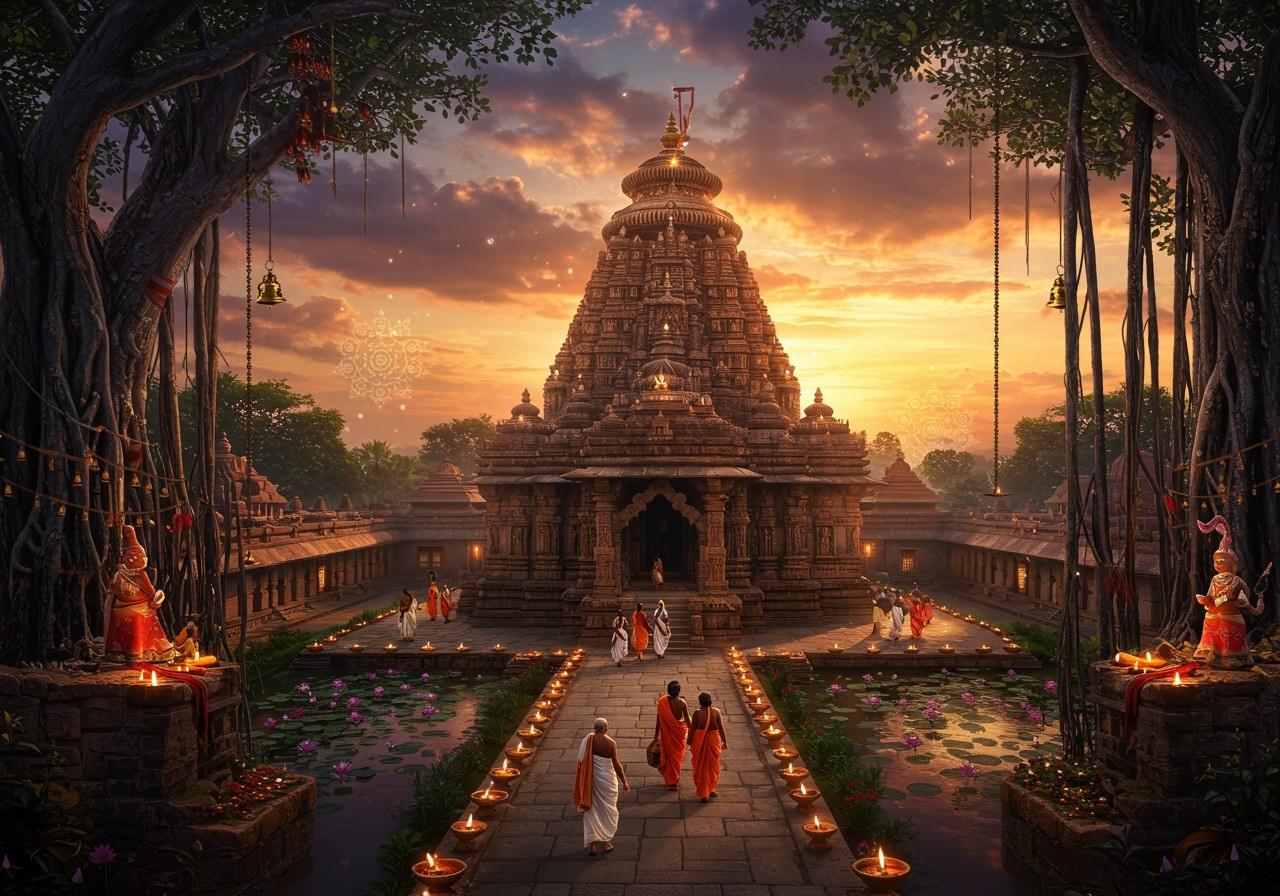

Apni kemon achen? West Bengal, our beloved state, is a land where culture flows as freely as the Hooghly river and where every corner tells a story. Beyond the bustling streets of Kolkata and the sweet aroma of Roshogolla, there lies a wild, serene heart. This is a West Bengal of untouched sanctuaries and hidden natural gems, places that offer a refuge not just for wildlife, but for our souls too. Join us on a journey to explore these protected areas, which are not just spots on a map, but sacred grounds that hold immense cultural and ecological importance for all of us.
Why These Natural Havens Matter So Much
When we talk about ‘protected areas’, we’re speaking of our national parks, wildlife sanctuaries, and biosphere reserves. These are the lungs of our state. They are designated under strict laws, and their protection is a shared responsibility between the government and local communities. It’s a beautiful balance, ensuring that nature’s treasures are preserved while honouring the needs and traditions of the people who call these forests home. These are not just tourist spots; they are living, breathing ecosystems vital for our future.
The Jewels in West Bengal’s Crown: Our National Parks
Let’s embark on a virtual tour of the most cherished national parks in West Bengal, each with its own unique personality and story.
Sundarbans National Park: The Mystical Mangrove Kingdom

A UNESCO World Heritage site, the Sundarbans is a world of its own—a magical place where land and water embrace. It’s the largest mangrove forest on Earth and the royal domain of the majestic Royal Bengal Tiger. Life here moves to the rhythm of the tides. While this fragile world faces challenges, the local communities, with their deep respect for the forest deity Bonbibi, are its true guardians. An eco-friendly boat safari here isn’t just a trip; it’s an experience that teaches you humility and wonder.
Jaldapara National Park: Home of the Gentle Giants
Deep in the foothills of the Eastern Himalayas lies Jaldapara, a sanctuary famous for its thriving population of the magnificent one-horned rhinoceros. A dawn elephant safari through its vast grasslands feels like stepping back in time. You’ll see not just rhinos, but also herds of elephants, swift leopards, and a vibrant array of birds. The park’s soul is enriched by the culture of the indigenous tribes who have coexisted with its wildlife for generations.
Singalila National Park: A Walk Among the Clouds
Imagine walking on the roof of the world, with panoramic views of Mount Everest and Kanchenjunga accompanying you. That is the magic of Singalila National Park in the Darjeeling Himalayas. This is a trekker’s paradise, a high-altitude wonderland where you might just be lucky enough to spot the elusive and utterly charming red panda hiding amidst the bamboo groves. The air here is pure, and the vistas are simply divine.
Neora Valley National Park: The Last Pristine Wilderness
Neora Valley is one of India’s most precious, untouched forests. This is a place of raw, virgin wilderness, where many areas remain unexplored. It’s a sanctuary for rare creatures like the clouded leopard and the golden cat. For the true nature lover and adventurer, this park offers a chance to connect with nature in its most primal, undisturbed form. A journey here is a true adventure into the heart of the Himalayas.
Buxa Tiger Reserve: Where History and Nature Meet
Located where Bengal touches Bhutan, Buxa is more than just a tiger reserve; it’s a vital corridor for elephants and tigers migrating between the two countries. The historic Buxa Fort within its boundaries whispers tales of our freedom struggle. While spotting a tiger requires immense luck, the reserve is rich with other wildlife like leopards, elephants, and hundreds of bird species, making it a truly rewarding visit.
Gorumara National Park: The Pride of the Dooars
Situated on the banks of the Murti and Raidak rivers, Gorumara is a stunning landscape of riverine grasslands and lush forests. It’s another important home for the Asiatic one-horned rhino, but you can also find Asian elephants and even the Royal Bengal Tiger here. The call of the Great Indian Hornbill echoing through the trees is a sound you won’t soon forget.
More Sanctuaries to Explore
- Chapramari & Mahananda Wildlife Sanctuaries: Close to Gorumara, Chapramari is a compact forest perfect for spotting elephants and the mighty Indian bison (Gaur). Mahananda, stretching from the plains to the hills, offers a fantastic diversity of flora and fauna due to its changing altitude.
- Rasikbil Bird Sanctuary & Other Gems: For bird lovers, Rasikbil is a tranquil paradise, especially in winter when migratory birds flock here. And don’t forget the spiritual experience of watching the sunrise kiss the Kanchenjunga peaks in Darjeeling, or the serene beauty of Mirik’s lake and the lush tea gardens of the Dooars.
Planning Your Spiritual Retreat into Nature
To truly soak in the beauty and tranquillity of these places, the best time to visit is generally between October and April. The weather is pleasant, and the chances of spotting wildlife are much higher. As you plan your trip, remember that you are a guest in the home of these magnificent creatures. Travel with respect, leave no trace, and open your heart to the lessons of the forest.
Carry a Piece of Tradition on Your Journey
A journey into these sacred natural spaces is often a pilgrimage in itself. To make your experience even more meaningful, you can carry essential puja items with you. A small, beautifully crafted pure brass pooja plate or a traditional copper Kosha Kushi from poojn.in can help you perform a small personal ritual or simply create a serene atmosphere. At poojn.in, we understand the importance of authentic, high-quality items for your spiritual needs.
We ensure that every product, from idols to ritual accessories, is crafted with devotion, bringing tradition and convenience to your doorstep. Explore our collection and find the perfect companions for your spiritual journey.
Your Questions Answered: Exploring West Bengal’s Natural Sanctuaries
What makes the protected areas in West Bengal so important?
These areas are the soul of West Bengal’s natural heritage. They are crucial for protecting our biodiversity, giving a safe home to endangered species like the Bengal tiger and the one-horned rhino, and maintaining the ecological balance that we all depend on. They are living libraries of our state’s natural history and a legacy for our children.
As a tourist, how can I visit these sanctuaries responsibly?
Yes, absolutely! Most of these areas welcome visitors with open arms. To visit responsibly, always follow the guidelines provided by the park authorities. This means not littering, maintaining a safe distance from wildlife, and opting for registered guides and eco-friendly accommodations. Your responsible tourism helps support conservation and the local communities.
What kind of wildlife can I hope to see?
West Bengal’s sanctuaries are teeming with life! You have the chance to see the magnificent Royal Bengal Tiger, herds of Indian Elephants, the majestic one-horned Rhinoceros, and a breathtaking variety of birds, deer, and smaller mammals. Each park offers a unique opportunity to witness nature’s drama unfold.
Is there a perfect season to plan a trip?
The ideal time to visit is between October and April. The monsoon season has passed, the forests are lush and green, and the weather is cool and comfortable. This is also when animals are more active and easier to spot, making your safari or trek much more rewarding.
How can I truly help in the conservation of these beautiful places?
Your contribution can be very powerful. By simply being a responsible tourist—respecting rules, not disturbing the animals, and avoiding plastic—you are already helping. You can also contribute by supporting local businesses and artisans, which gives them a stake in conservation, and by spreading awareness among your friends and family about the importance of protecting these natural treasures.


